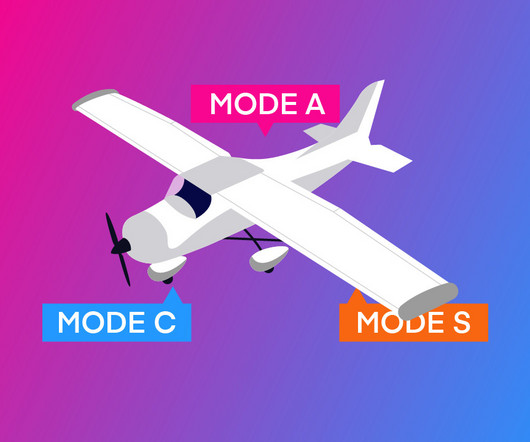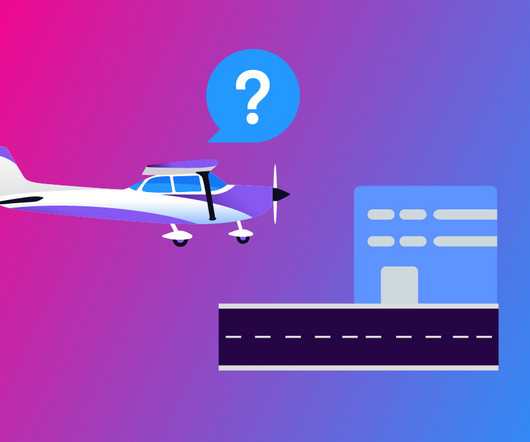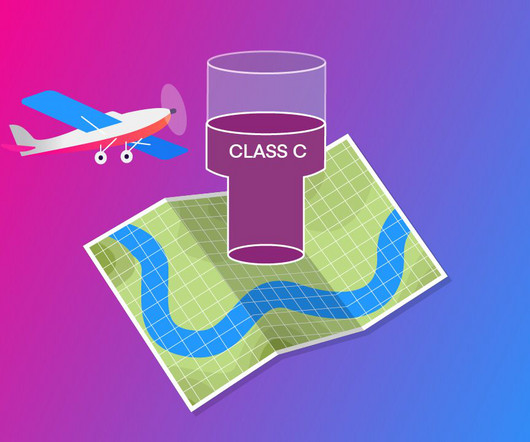FAA Transponder Requirements Explained
Pilot Institute
DECEMBER 27, 2024
The Federal Aviation Administration (FAA) has rules to keep air travel safe, and one big part of that is making sure airplanes have the right transponders. If youre flying, your transponder shares important details like your altitude, speed, and identification with Air Traffic Control (ATC).












Let's personalize your content